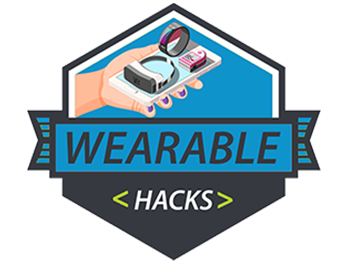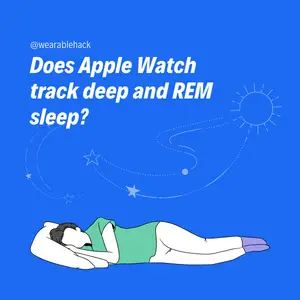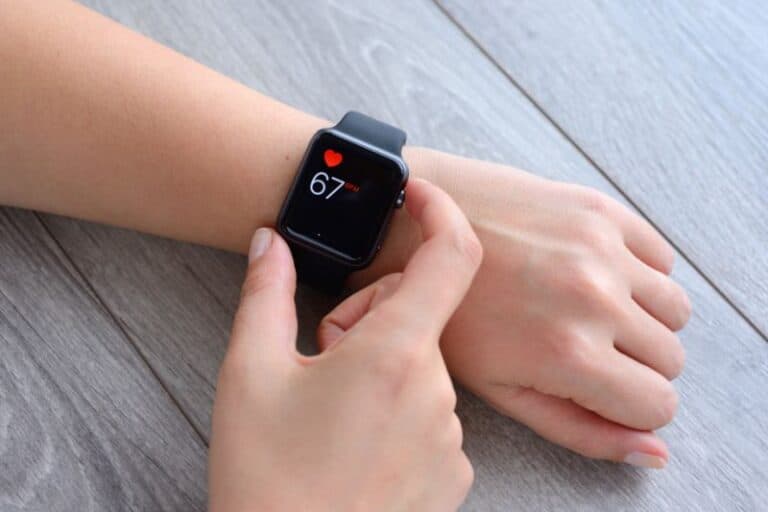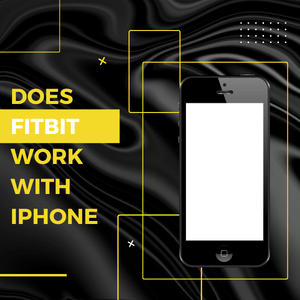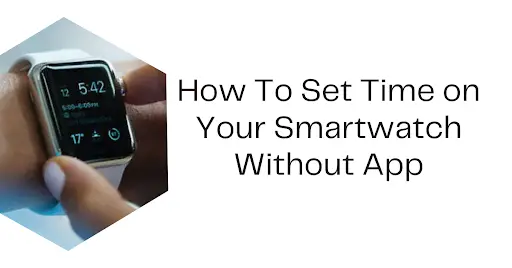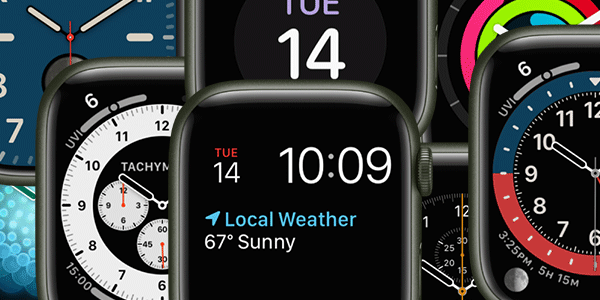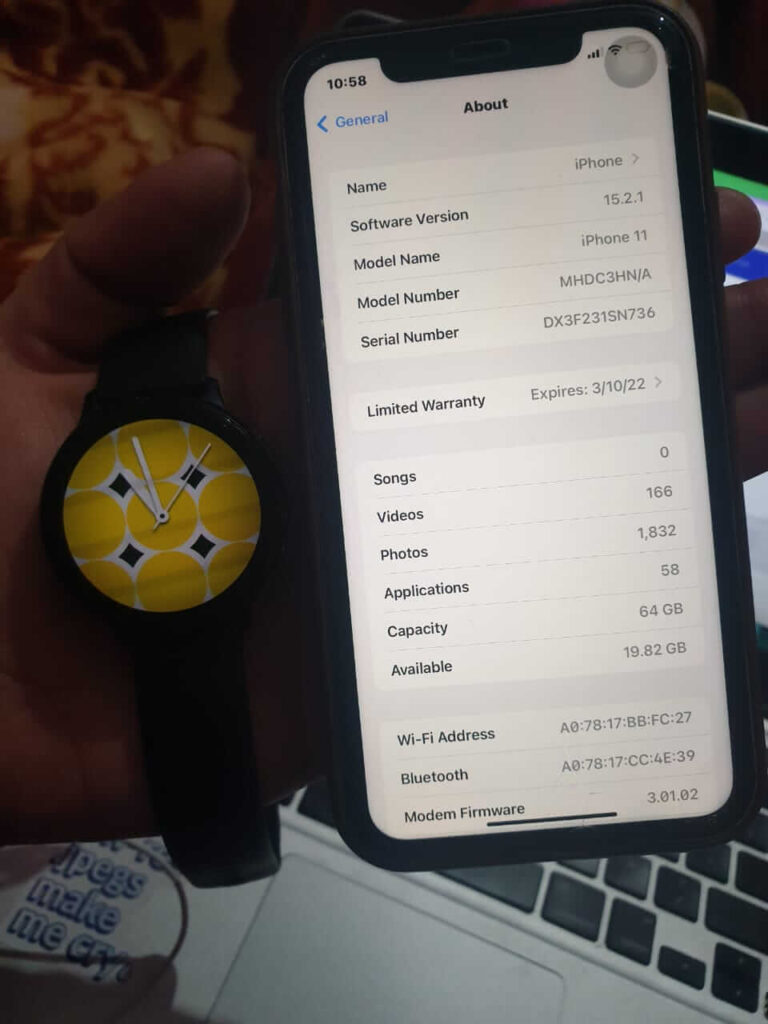Does Apple Watch Track Deep And REM Sleep?
There are four sleep stages, including awake and light sleep. But tracking your deep and REM sleep is essential for your overall well-being. On average, you should sleep for seven to nine hours, out of which you will get one to three hours of deep sleep. Lack of deep and REM sleep can increase your risk of being sick.
So yes, the Apple Watch can track your deep sleep. But Apple Watch might not track your REM sleep. Instead, Apple Watch sleep trackers focus on the quantity and quality of your sleep. If you need to monitor your sleep stages, consider smartwatches such as Garmin and Fitbit. The devices measure sleep with an accuracy of about 50 to 78%.
The most commonly measured sleep stages are deep sleep and REM sleep. Deep sleep is when waking you up is the most difficult. It is the essential sleep stage where you are most relaxed and rested. I will tell you the differences between deep sleep and REM sleep later. Let’s see how you can track your sleep with the Apple Watch.
Related article: The importance of wearable sleep trackers in elite sports
How to track deep and rem sleep?
Apple Watch sleep tracking is pretty simplified. Unlike Fitbit, which tracks the various phases of your sleep, the Apple Watch focuses on the wind-down and sleep bedtime routine. You need to set your wake-up and bedtimes, and the Apple Watch will measure your sleep quality.
The Sleep App is available on the Apple Watch Series 3 and newer. Also, update the Watch app to the latest software before using it to track your sleep. On the Watch app page, turn on all the options provided there.
Switch the buttons for Turn on Automatically, Show Time, and Track Sleep with Apple Watch. Turn on those buttons when you are retiring to bed so the Apple Watch can start to monitor your sleep.
You can also edit your sleep schedule on the Apple Watch. By doing so, the smartwatch will remind you when to sleep and when to wake up. To edit your sleep schedule, go to Open Sleep Options in Health and turn on the Sleep Schedule switch.
The Apple Watch allows you significant flexibility. For example, you can set different sleep schedules for different days. Most importantly, tap Wind Down and set a time range for loosening up right before going to bed.
Although the Apple Watch will not track your REM sleep, the watch uses multiple sensors and inputs to improve the quality of your sleep. For instance, it can track your snoring, movement, and heart rate.
The Sleep app will show you your average sleep stats for the last two weeks. Because of the many things that go into sleep tracking, its accuracy has increasingly been discussed among health and fitness circles.
How accurate is deep and rem sleep?
The Apple Watch will only give you an overall sleep time. However, wearable devices such as Fitbit and Oura can estimate the amount of your deep, light, and REM sleep. In addition, the Fitbit Versa 2 uses the data to estimate your sleep score.
The Conversation reports that wearable devices’ deep and REM sleep tracking accuracy is about 50 to 78 percent.
In other words, the accelerometers and motion detectors for sleep monitoring are accurate half the time. That is because they can pick and analyze external sounds and movements unrelated to your sleep and combine them with your stats.
For example, if you track your snoring, the results you obtain from the Apple Watch might be corrupted. Other things that affect your sleep score include your time awake or restless at night and your heart rate. The food you eat, the medications you take, and the environment you sleep in can also disrupt your sleep quality.
Whereas a heart rate monitor can measure slight changes in your heart health and detect early signs of heart problems, the Apple Watch sleep monitor might not detect sleep disorders. Although the trackers can reveal potential signs of sleep disorders, I do not recommend using them to track illnesses like sleep apnea or insomnia.
A good rule of thumb is to involve your doctor in any health and fitness metrics of concern. Clinical devices are more accurate and reliable than Apple Watch sensors. Therefore, do not use your sleep score to self-medicate without your doctor’s advice.
More for you: Can you shower with an Apple Watch SE? (Tested)
How to get more accurate deep and rem sleep?
If you have a smartwatch or fitness tracker that tracks deep and rem sleep, you can tweak some settings to make it more accurate. You can also get more accurate sleep results from your Apple Watch.
Here are some ways to get accurate sleep data from your smartwatch:
- Install sleep apps with considerable accuracy, such as the Pillow app
- Update the app version you are using to track your sleep
- Unpair and re-pair your sleep tracker to the phone to correct any syncing issues
- Go to Account > Advanced Settings > Sleep Sensitivity and change your sleep settings from normal to sensitive
- Use a tracker such as Garmin or Fitbit Versa 2 that can monitor the different levels of sleep.
What is the difference between deep and rem sleep?
A smartwatch uses actigraphy to determine your sleep stages. Actigraphy is a motion-sensing technology on your wrist. It can capture tiny to significant body movements and quantifies the data as deep or rem sleep.
It is challenging to wake you up from deep sleep. At this stage, your body movements are zero or close to it. On the contrary, REM sleep is a sleep stage characterized by rapid eye movements.
During REM sleep, your brain is still active and is processing the information you acquired during the day. REM sleep is when your brain memorizes information, processes new learnings, and deletes unwanted data.
Here is a summary of the differences between deep and rem sleep:
| Deep Sleep | REM Sleep |
| Little to no body movement, | Rapid eye movement and periodic body movement. |
| Waking you up is quite tricky. | It is easy to wake up from REM sleep. |
| Deep sleep occurs for one to three hours. | REM sleep happens for five to eight hours. |
| Little brain activity, | A lot of brain activity. |
Summary
In conclusion, Apple Watch does not track REM sleep. Instead, Apple Watch sleep trackers focus on deep sleep and the quantity and quality of your sleep. The sleep app in your Apple Watch will track and display the amount of your deep sleep, total sleep, and sleep quality.
If you need to monitor your deep and REM sleep stages, consider smartwatches such as Garmin and Fitbit. Regardless of the device, their sleep tracking accuracy is between 50 and 78 percent.
Although the trackers can reveal potential signs of sleep disorders, I do not recommend using them to track sleep disorders. Do not rely on the readings to make health decisions without consulting your doctor.
How has your Apple Watch helped you with sleep tracking? Share your experiences with me in the comments below.
